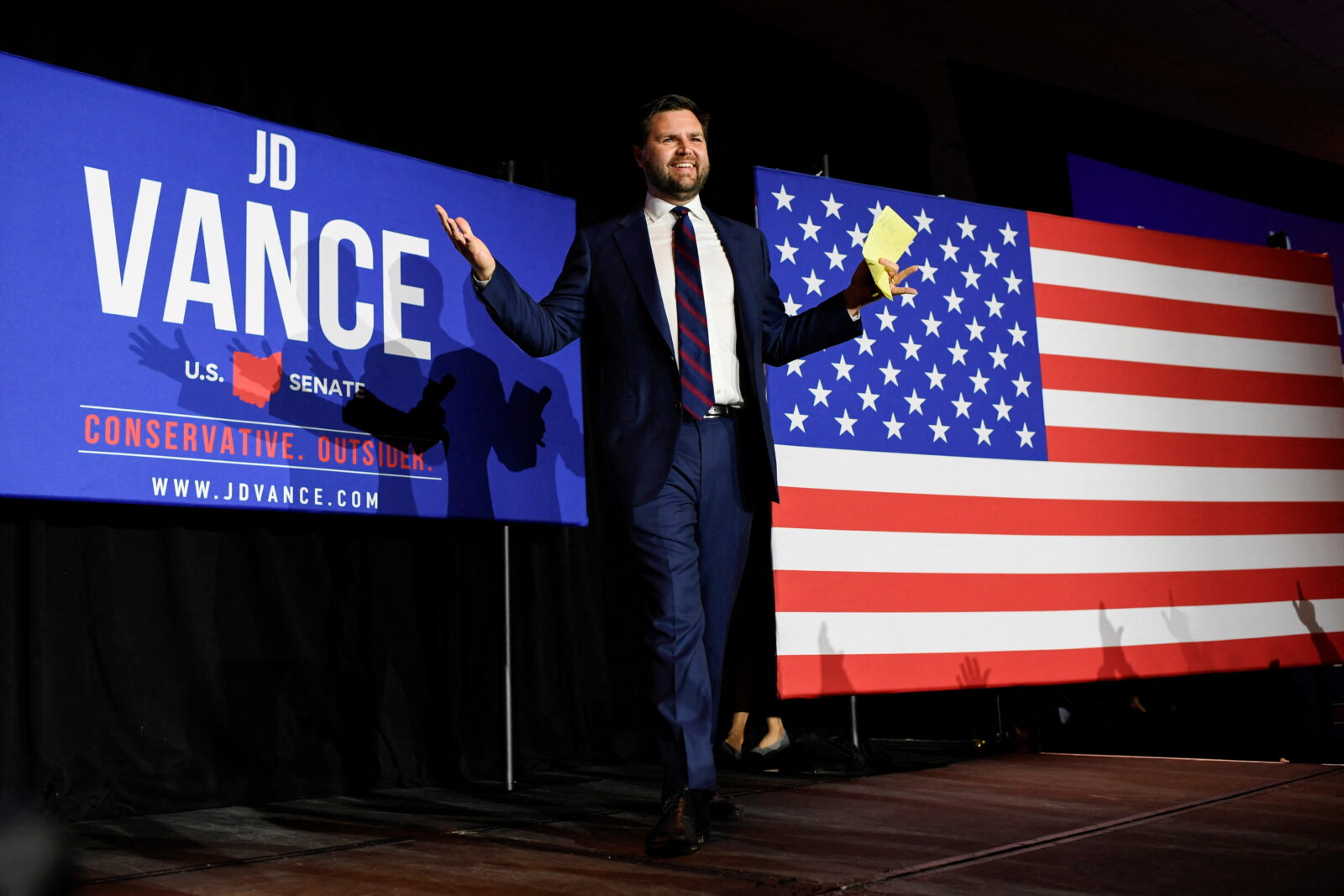
U.S. Vice President and Democratic Presidential candidate Kamala Harris's Walz VP pick has sparked intense debate. By choosing Minnesota Governor Tim Walz for Vice President instead of a candidate from a crucial swing state, such as Governor Josh Shapiro of Pennsylvania or Senator Mark Kelly of Arizona, Harris’s decision raises significant questions about the Democratic campaign’s strategy for the 2024 presidential election.
Harris’s Walz VP pick over other potential candidates, such as Governor Josh Shapiro of Pennsylvania, could be seen as a strategic maneuver reflecting concerns about the 2024 race. With the election landscape becoming increasingly competitive, particularly in key battleground states, some observers interpret Walz’s selection as an indication of Democratic apprehension about their prospects.

Harris’s choice of Walz, who hails from Minnesota—a state that, while leaning Democratic, is not a key battleground—has been met with surprise given the strategic importance of swing states. Shapiro, the Governor of Pennsylvania, and Kelly, a U.S. Senator from Arizona, were both strong contenders with substantial appeal in pivotal states. Pennsylvania and Arizona are critical for securing electoral votes, making Shapiro and Kelly more directly impactful for a campaign aiming to win over undecided voters in these hotly contested regions.
Minnesota, where Walz has served as governor, has traditionally supported Democratic candidates, though recent elections have shown increasing competitiveness. In 2020, Joe Biden won Minnesota by a margin of 7.1 percentage points, higher than 2016 election. The state’s role is less critical compared to swing states like Pennsylvania and Arizona, which have been central to electoral strategies for both parties.
The decision not to select a running mate from a swing state could be interpreted as a missed opportunity to directly address the most competitive areas of the electoral map. Shapiro, with his strong approval ratings in Pennsylvania, or Kelly, with his appeal to Arizona voters, could have provided a more strategic advantage by bolstering support in these key battlegrounds.
Harris’s choice might reflect concerns about potential risks associated with placing a prominent figure like Shapiro or Kelly in a highly competitive race. Walz’s moderate, Midwestern appeal could be aimed at reinforcing Democratic support in Minnesota and surrounding areas. However, this strategy also risks ignoring the more immediate need to capture swing states where the outcome of the election is likely to be decided.
Waltz VP pick may also be seen as a tactical move to counter the appeal of the Republican ticket, particularly J.D. Vance, the GOP’s vice presidential nominee. Vance, a millennial senator from Ohio, has been positioned by former President Donald Trump to attract votes from rural and Midwestern voters—regions where Democrats have struggled to maintain support.

Vance’s appeal to rural and working-class voters is a significant aspect of the Republican strategy, with Trump aiming to capture support in regions that have been pivotal in recent elections. By choosing Walz, Harris might be attempting to neutralize this appeal by offering a counterbalance through a candidate with a background in education, military service, and progressive governance.
Walz’s record as governor includes notable achievements such as the legalization of marijuana and expansions in worker benefits, which could resonate with voters looking for pragmatic, progressive solutions. However, his selection might also be interpreted as an attempt to reinforce support in a less competitive state, rather than directly challenging Vance’s efforts to sway undecided voters in key battlegrounds.
The absence of a vice presidential candidate from a crucial swing state could indicate a broader strategy focused on consolidating the Democratic base rather than targeting undecided voters in pivotal regions. This approach may reflect an internal calculation about the campaign's priorities, but it raises questions about whether Harris’s team is adequately addressing the most critical battlegrounds.
Kamala Harris’s decision to select Tim Walz over a candidate from a key swing state reflects a strategic gamble with potential implications for the effectiveness of the Democratic campaign. While Walz brings valuable experience and regional appeal, the choice to forgo a running mate from a swing state could be viewed as a missed opportunity to strengthen the ticket’s position in the most competitive areas. As the election approaches, the impact of this decision on the overall campaign strategy and its effectiveness in countering the Republican ticket's appeal will be closely scrutinized.